A new junction will help freight trains from Northampton Gateway to join the West Coast Main Line at higher speeds.
The recently opened Northampton Gateway Strategic Rail Freight Interchange (SRFI) operated its first service to DP World in Southampton in June, becoming the first to use the full length of the East West Rail section between Oxford and Bletchley.
A new junction will help freight trains from Northampton Gateway to join the West Coast Main Line at higher speeds.
The recently opened Northampton Gateway Strategic Rail Freight Interchange (SRFI) operated its first service to DP World in Southampton in June, becoming the first to use the full length of the East West Rail section between Oxford and Bletchley.
The 35-acre site on the Northampton Loop of the WCML is part of the wider SEGRO Logistics Park, into which property developer SEGRO has invested £200 million.
Network Rail has built a junction which integrates with the Northampton Loop and the WCML, with freight locomotives able to operate at speeds of up to 40mph instead of the standard 5mph.
NR’s Senior Sponsor, West Coast (South), Tony Berryman told RAIL that the project has “a huge amount of potential”, despite having complex signalling at the interchange.
“We wanted to ensure that we had minimum disruption to the main line. One way to do that was to provide the capability to enter the site from the southern entry at 40mph,” he said.
“That has big benefits. It might seem small, but it allows for the interchange to perform optimally. It’s complex, but it needed to be.”
The terminal's first flow to Southampton is operated by DB Cargo UK on behalf of Maritime Transport, running five days a week. It has also been supported by Network Rail’s Track Access Discount Scheme, in order to get the first service up and running.
“The arrival of our first service via EWR is an important step in expanding UK rail freight capacity, providing businesses with a direct, low-carbon route from Southampton to the heart of the UK’s golden logistics triangle,” said John Bailey, Managing Director - Intermodal, Maritime Transport.
Growth plans are firmly in place, with both Network Rail and Maritime Transport expecting up to 16 trains per day to run in and out of the terminal.
The increased line speed of 40mph exiting the loop into the reception sidings at the terminal means there will be less impact on main line operations. Both teams have carried out tests confirming that Class 66 locomotives with 2,000-tonne loads can brake safely into the terminal at the designed speeds.
Both Network Rail and Maritime Transport also see the EWR route as being of huge strategic importance to rail freight.
It will cut 50 miles each way off freight journeys, with benefits for access to southern deep-sea ports also a future possibility once the full EWR route is open.
A spokesperson said Maritime Transport had confidence that the route will still run once the support from the Track Access Discount Scheme ends.
“The success of the scheme will enable the service to continue. Rail freight is still scary and not understood by some, and this runway scheme in the early stages allows an opportunity to showcase the ongoing benefits and viability to logistics.”
Look out for our report of a journey over East West Rail in the cab of a DB Cargo UK Class 66 which will describe some of the issues that face freight flows in the issue 1042 which will be out on August 20.
Login to continue reading
Or register with RAIL to keep up-to-date with the latest news, insight and opinion.



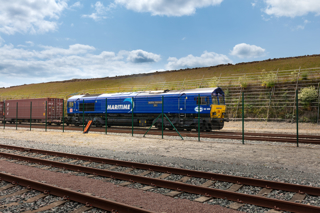


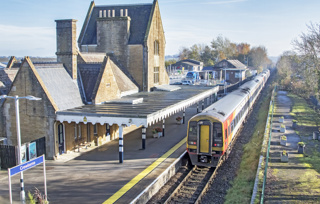
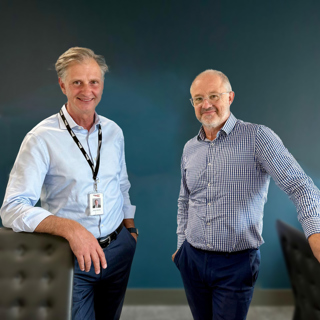
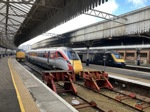
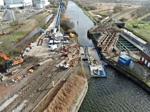
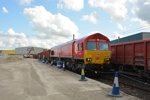
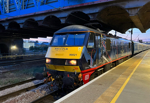
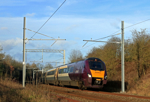
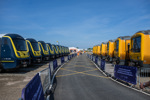





Login to comment
Comments
No comments have been made yet.